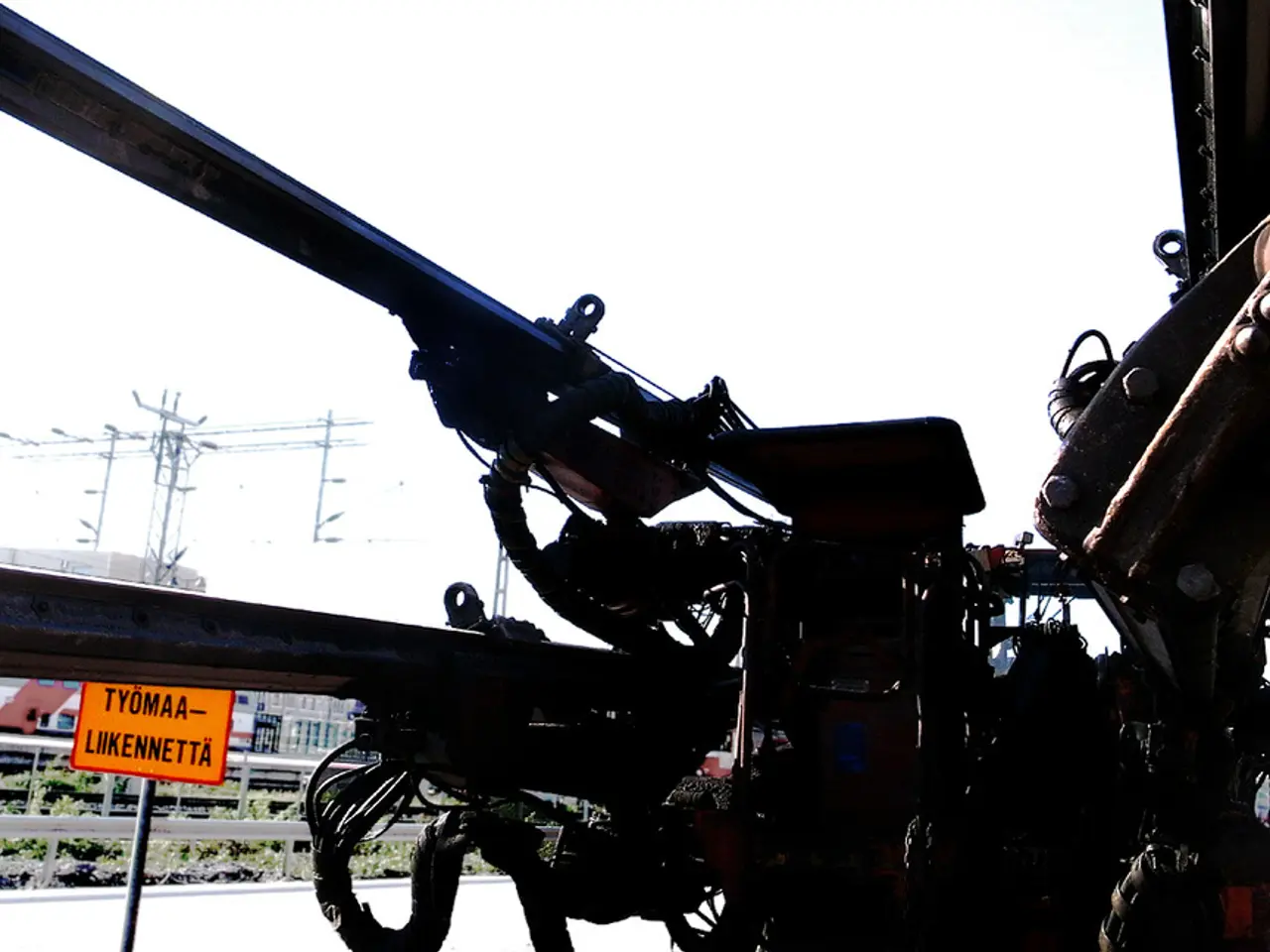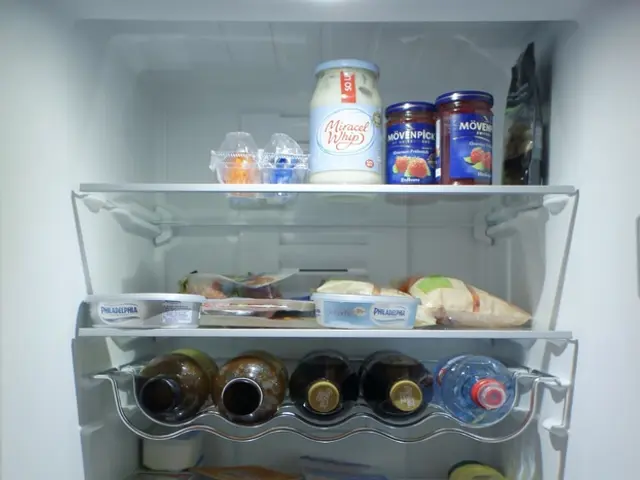South Africa Boosts Solar Panel Assembly, But Demand Gap Persists
South Africa's solar panel assembly capacity has significantly increased to around 620 MW per year, but it falls short of the domestic demand estimated at nearly 3 GW. Meanwhile, a new 10% import duty on solar panels has been introduced to protect local producers, which could potentially raise costs and delay projects.
The solar panel market in Africa is booming. Nigeria has surpassed Egypt to become the second-largest importer of solar panels, with 1,721 MW, closely followed by Algeria at 1,199 MW. In May 2025 alone, solar panel imports reached a staggering 1.57 GW, which is roughly three-quarters of the Hoover Dam's capacity.
However, the continent faces challenges in developing its local solar industry. While initiatives like LEAP-RE are fostering collaboration between African countries and European partners, most African countries still heavily rely on imports for solar components. Morocco, for instance, has made strides in local developments but still depends on imports for many solar components. The lack of local supply chains for core materials like PV cells and auxiliary materials hinders progress. Additionally, there are no operational industrial-scale inverter assembly units in Africa, and key power electronics are still imported. Most local solar assembly facilities only reach the final assembly stage, capturing limited economic value.
China dominates the African solar market, accounting for 85-90% of solar installations. In the 12 months to June 2025, African countries imported a record 15,032 MW of solar panels from China, a 60% increase from the previous year.
Africa's solar industry is expanding rapidly, but local production and supply chains lag behind demand. While South Africa's increased assembly capacity and initiatives like LEAP-RE show progress, the continent still heavily relies on imports, particularly from China. To fully harness the potential of solar energy, African countries must focus on developing their local supply chains and reducing dependence on foreign imports.








